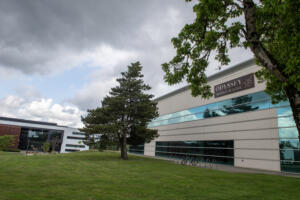A potential new endeavor involving the cities of Camas and Washougal, and the Port of Camas-Washougal could provide the seed money to take part in a federal tax credit program aimed at supporting local economic development projects.
Consultant Don Mazziotti and Stephen Brooks, principal with Portland-based Pilot Management Resources, Inc., recently presented information on the New Markets Tax Credit Program to both city councils, and the port commission.
Camas-Washougal Economic Development Association Executive Director Paul Dennis said it’s a program he has been looking at for a couple of years.
“We are interested in setting up our own entity here for the Camas-Washougal area,” he said. “We are interested in doing projects primarily here, and being able to take the proceeds and reinvest them back within our community.”
Dennis has proposed hiring Mazziotti and Brooks as part of an $87,500 contract with CWEDA, an organization that exists through a partnership between the cities and the port. The port would pay half, while each city would contribute equally to the remaining 50 percent.




